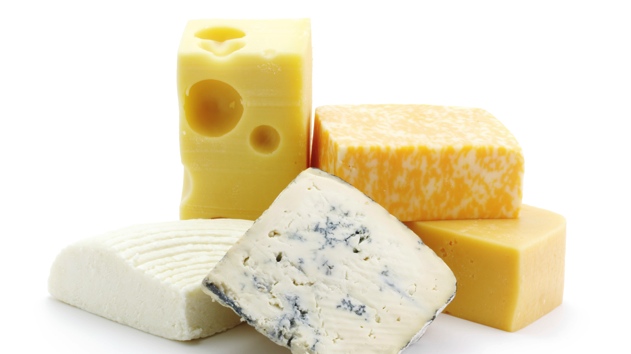
Researchers find faster, simpler method to detect Listeria
Food in Canada
Food Safety Bake & Snack Food Dairy Fruit & Vegetables Meat &Poultry Pet Food Seafood Specialty FoodsResearchers in Australia say using mass spectrometry technology MALDI-TOF MS can detect even very low levels of Listeria form different foods

Hawthorn, Victoria, Australia – Researchers say they have developed a new technique for detecting Listeria contamination in food.
The researchers from the Swinburne University of Technology in partnership with bioMérieux say their technique is faster and simpler compared to other detection methods.
“Current standard methods to detect Listeria in food rely on biochemical testing that takes four to five days to confirm a positive result,” says Enzo Palombo, lead researcher.
“This process is time-consuming and costly for the food industry.”
Detecting foodborne pathogens can be challenging due to the likely presence of multiple bacteria in a single sample.
Palombo says their technique provides a more rapid and simple detection scheme, compared to other methods with minimal sampling.
The researchers used mass spectrometry technology MALDI-TOF MS as a tool to detect Listeria monocytogenes and found very low levels of the pathogen could be identified from different food samples, says the university.
The researchers carried out an experiment using ultra-high temperature (UHT) milk as a model food, following which the bacteria was detected from three different foods: chicken pate, cantaloupe and camembert cheese.
“The use of MALDI-TOF MS for bacterial identification from selective enrichment broth could reduce the overall costs involved in food testing as the same strategy could be used for other foodborne bacteria,” says Palombo.
“Although the initial infrastructure investment for MALDI-TOF MS is high, the running costs are minimal.”
Print this page